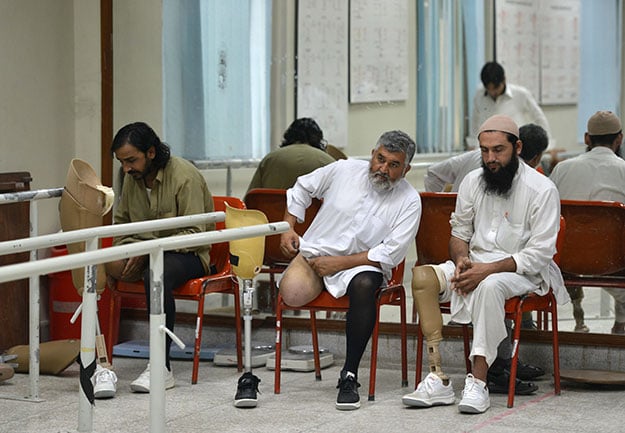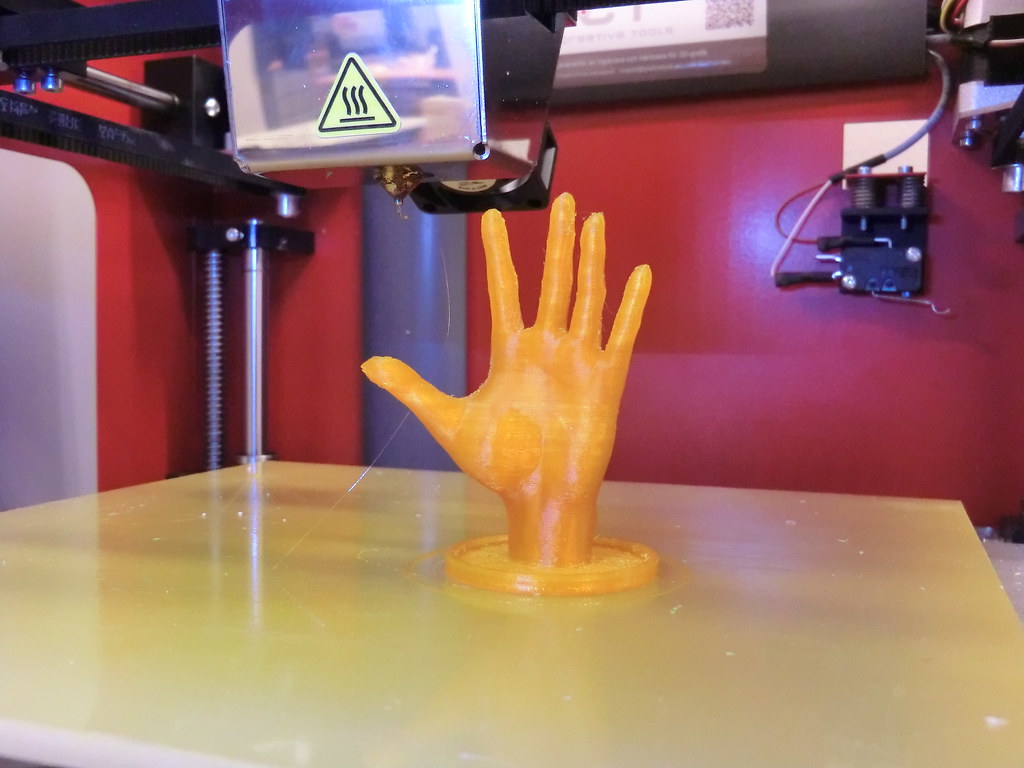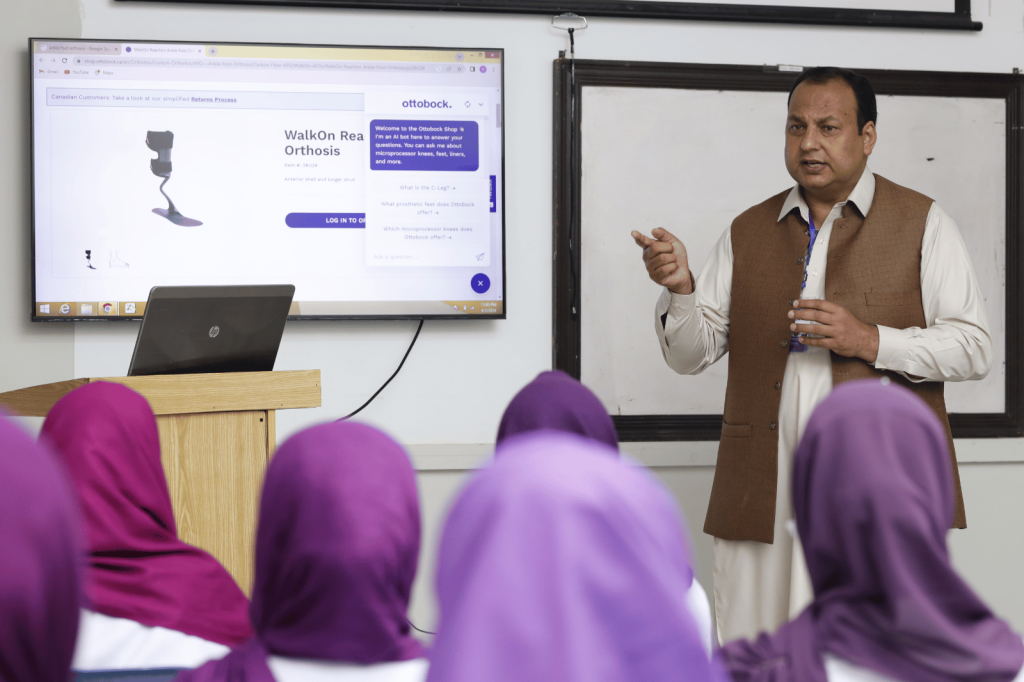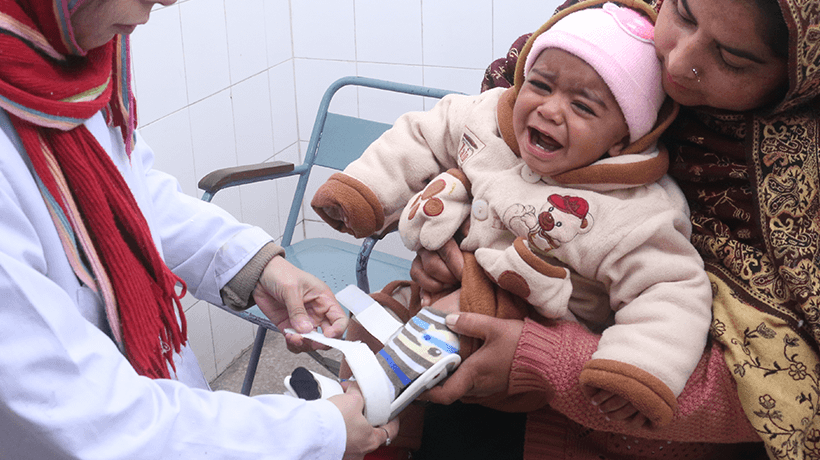The demand for prosthetic and orthotic solutions in Pakistan is on the rise, fueled by a combination of factors, including an increasing number of injuries, the aging population, and advancements in medical technology. As the healthcare system navigates these challenges, patients are increasingly turning to mobility aids to regain independence and improve their quality of life.
Pakistan is witnessing an alarming rise in road traffic accidents and sports injuries, pushing the demand for prosthetics and orthotics higher. According to the Pakistan Bureau of Statistics, the country records approximately 150,000 road accidents annually, resulting in a significant number of injuries and amputations. Survivors often require extensive rehabilitation, including the use of prosthetic limbs or orthotic devices to restore mobility.
The increased awareness of rehabilitation options has led more patients to seek advanced solutions, with mobility aids becoming a crucial component of their recovery journey.
Pakistan’s aging population is another critical driver of the growing demand for prosthetic and orthotic devices. The Pakistan Bureau of Statistics reports that over 7% of the country’s population is aged 60 and above, and this figure is expected to rise to 12% by 2050. With age comes a higher incidence of health conditions like osteoarthritis, osteoporosis, and degenerative joint disorders, which often necessitate orthopedic interventions. Elderly individuals are increasingly reliant on orthotic devices such as braces, insoles, and other mobility aids to maintain their independence.
Recent advancements in medical technology are revolutionizing the field of prosthetics and orthotics. Innovations such as 3D printing and the use of lightweight, durable materials have allowed for the production of more customizable, comfortable, and cost-effective devices. According to market research from Future Market Insights, 3D-printed prosthetics can reduce production costs by up to 40%, making these solutions more accessible to a broader population.
Additionally, the global prosthetics and orthotics market is projected to grow from $6.76 billion in 2023 to $9.84 billion by 2032, reflecting a compound annual growth rate (CAGR) of approximately 4.3%[1]. In Pakistan, the growing adoption of these technological innovations is helping to meet the increased demand, despite the challenges of cost and accessibility.
Public awareness around the benefits of prosthetics and orthotics has also seen a steady rise in recent years. Health professionals, NGOs, and healthcare organizations are launching campaigns to educate patients about the latest developments in mobility aids. These initiatives are encouraging more people to seek professional help and consider using prosthetics and orthotics as part of their rehabilitation.
Despite the positive trends, significant challenges remain. For many patients, the cost of advanced prosthetic and orthotic devices remains prohibitive. While technological advancements have reduced production costs, prices are still beyond the reach of a large segment of the population. A lack of healthcare infrastructure in rural areas further exacerbates the issue, as access to quality prosthetic and orthotic services is often limited.
Additionally, while large cities like Karachi, Lahore, and Islamabad have seen improvements in healthcare facilities offering these solutions, rural areas still lag behind. Efforts to decentralize healthcare services and expand outreach programs will be crucial in ensuring that patients across Pakistan have access to the necessary care.
The growing demand for prosthetic and orthotic devices in Pakistan reflects a larger trend in healthcare, driven by the rising number of injuries, an aging population, and technological advancements. While the market is set for significant growth, addressing the challenges of affordability and healthcare accessibility will be key to meeting the needs of patients. By fostering innovation and expanding healthcare infrastructure, Pakistan has the potential to transform the quality of life for individuals requiring these vital healthcare solutions.
Sources:
[1] Future Market Insights – Prosthetics and Orthotics Market Report
[2] Pakistan Bureau of Statistics – Population Report
[3] World Health Organization – Global Road Safety Statistics
Photo: AFP



